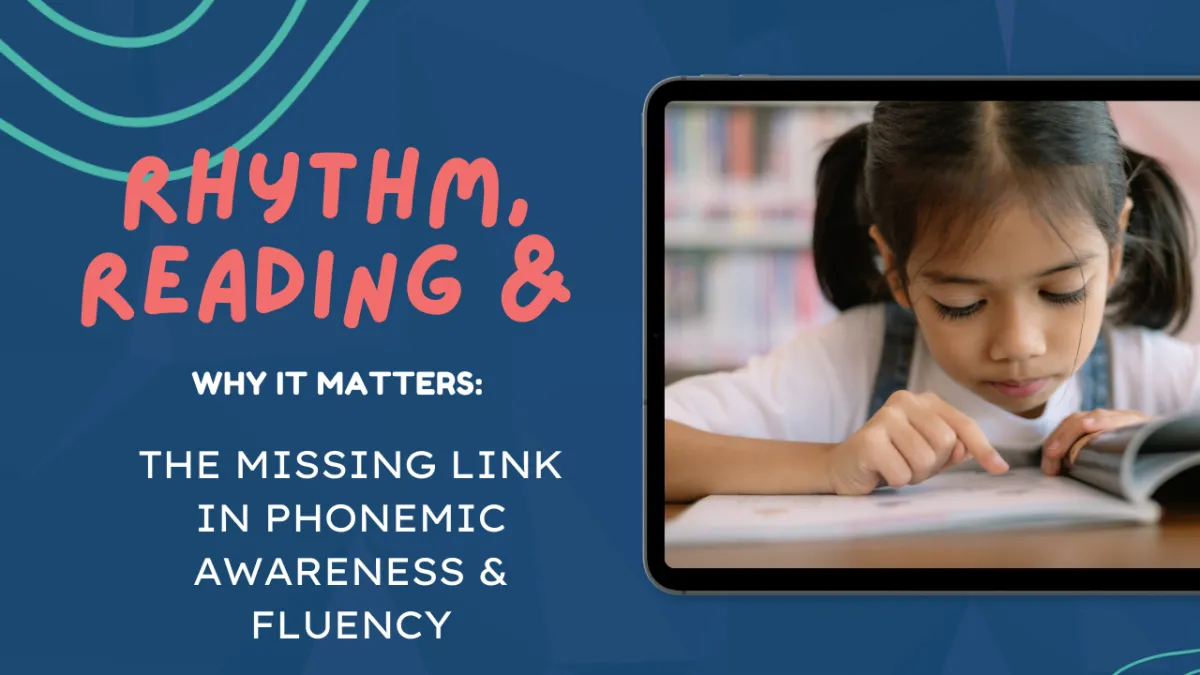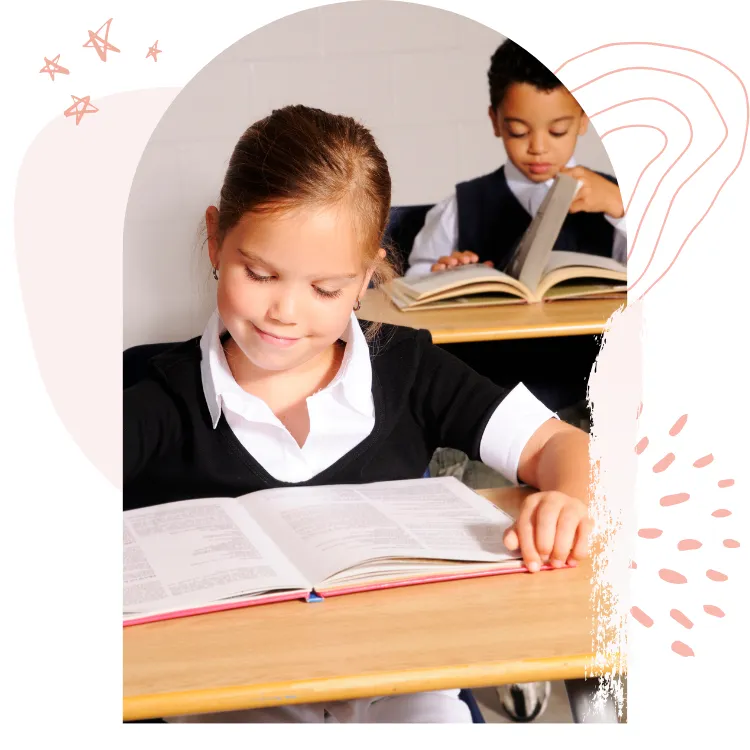The rhythm of rest: How seasonal light shapes attention, learning and well-being
How seasonal light and natural rhythms shape attention, learning and wellbeing. A cognitive science perspective on rest, rhythm and executive function in education.

How seasonal light and natural rhythms shape attention, learning and wellbeing. A cognitive science perspective on rest, rhythm and executive function in education.

Discover why effort alone doesn't solve reading difficulties. Learn how rhythm strengthens phonemic awareness, reading fluency and executive functions to help struggling readers thrive.

Discover the science of awe—how moments of wonder transform perception, timing, empathy and learning. Explore the cognitive power of awe in education.

Discover how rhythm shapes phonemic awareness, fluency and reading ease, and why phonics alone isn't enough to support confident easy readers.

“It’s only an hour that they have with you over the time that you come in over the six weeks and for it to be able to make, for a lot of them, up to a year’s difference in their reading ability is quite amazing really.” Year 3 teacher
© Copyright 2025 Rhythm for Reading Services Ltd All Rights Reserved. - Privacy Policy - Terms & Conditions